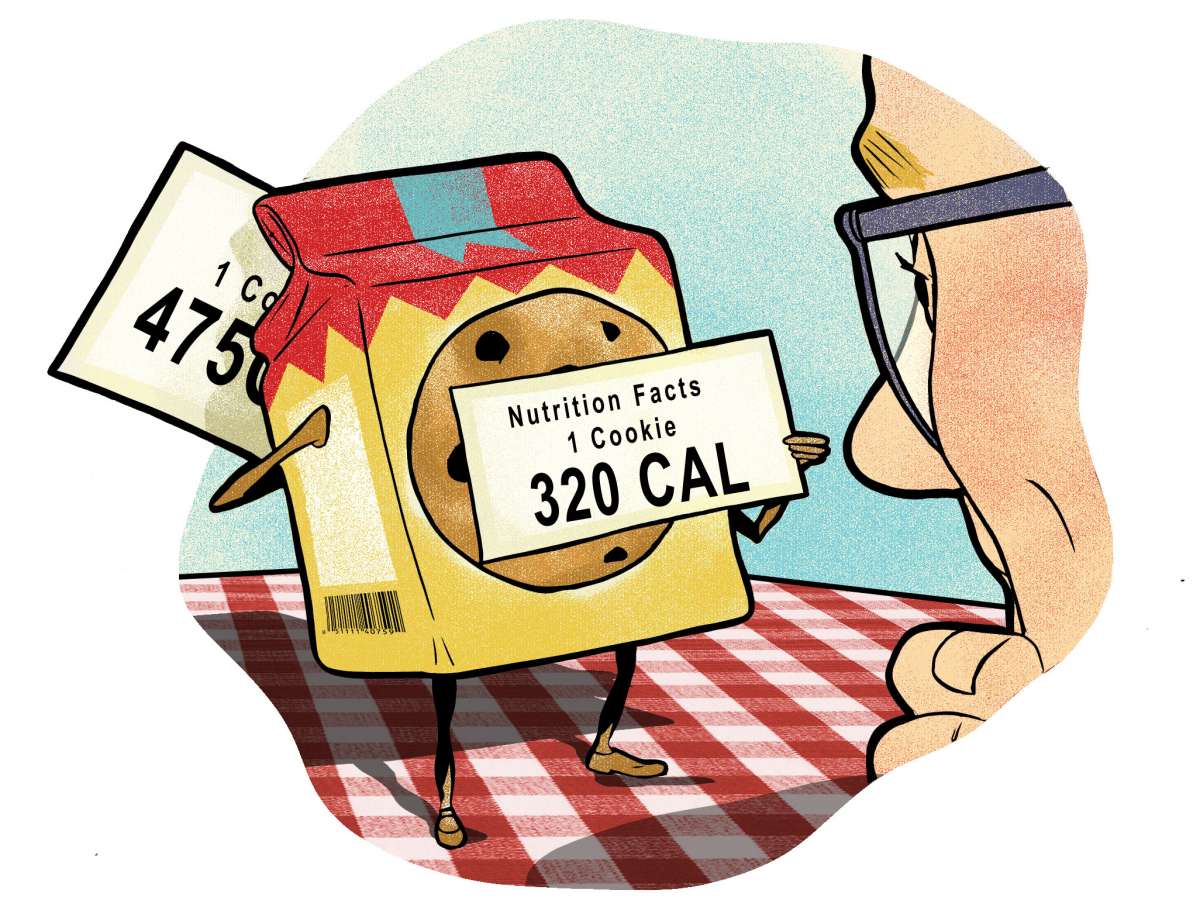As cigarette smoking rates fall, more people are smoking tobacco from hookahs–communal pipes that enable users to draw tobacco smoke through water. A new meta-analysis led by the University of Pittsburgh School of Medicine shows that hookah smokers are inhaling a large load of toxicants.
The findings, published online and scheduled for the January/February print issue of the journal Public Health Reports, represent a meta-analysis, or a mathematical summary of previously published data. The research team reviewed 542 scientific articles potentially relevant to cigarette and hookah smoking and ultimately narrowed them down to 17 studies that included sufficient data to extract reliable estimates on toxicants inhaled when smoking cigarettes or hookahs.
They discovered that, compared with a single cigarette, one hookah session delivers approximately 125 times the smoke, 25 times the tar, 2.5 times the nicotine and 10 times the carbon monoxide.
Study Finds Hookah Delivers 25 Times More Tar Than A Cigarette



